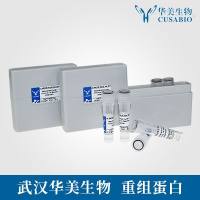Since its development in 1983 (1 ), Ribonuclease Protection Assay (RPA) has become a widely employed technique for RNA analysis. The procedure is based on hybridization of the RNA being analyzed to a labeled (nonisotopic or radioactive) antisense RNA probe with successive digestion of unhybridized RNA with a cocktail of single-strand-specific RNases (usually RNase A and T1). Only hybridized probe is protected from digestion and, after separation on a polyacrylamide gel, can be visualized on a film. As long as the probe is present in the hybridization solution in molar excess over the target message, the signal intensity is proportional to the starting amount of complementary transcript, thus enabling a quantitative analysis of gene transcription. Compared to hybridization techniques relying on the use of targets bound to a solid support (i.e., Northern analysis), RPA ensures a considerably higher sensitivity together with consequently reduced exposure time and background. Rare messages can be detected and quantitative comparisons can be performed using an internal control probe for RNA loading normalization. Furthermore, specificity of the target sequence recognition and therefore of the final signal is enhanced by the RNase digestion step. Small differences between the probe and the complementary mRNA can be in fact detected by adjusting the ribonuclease concentration so that only perfect matches will be protected. This makes RPA particularly suitable for transcription analysis of gene family members.






